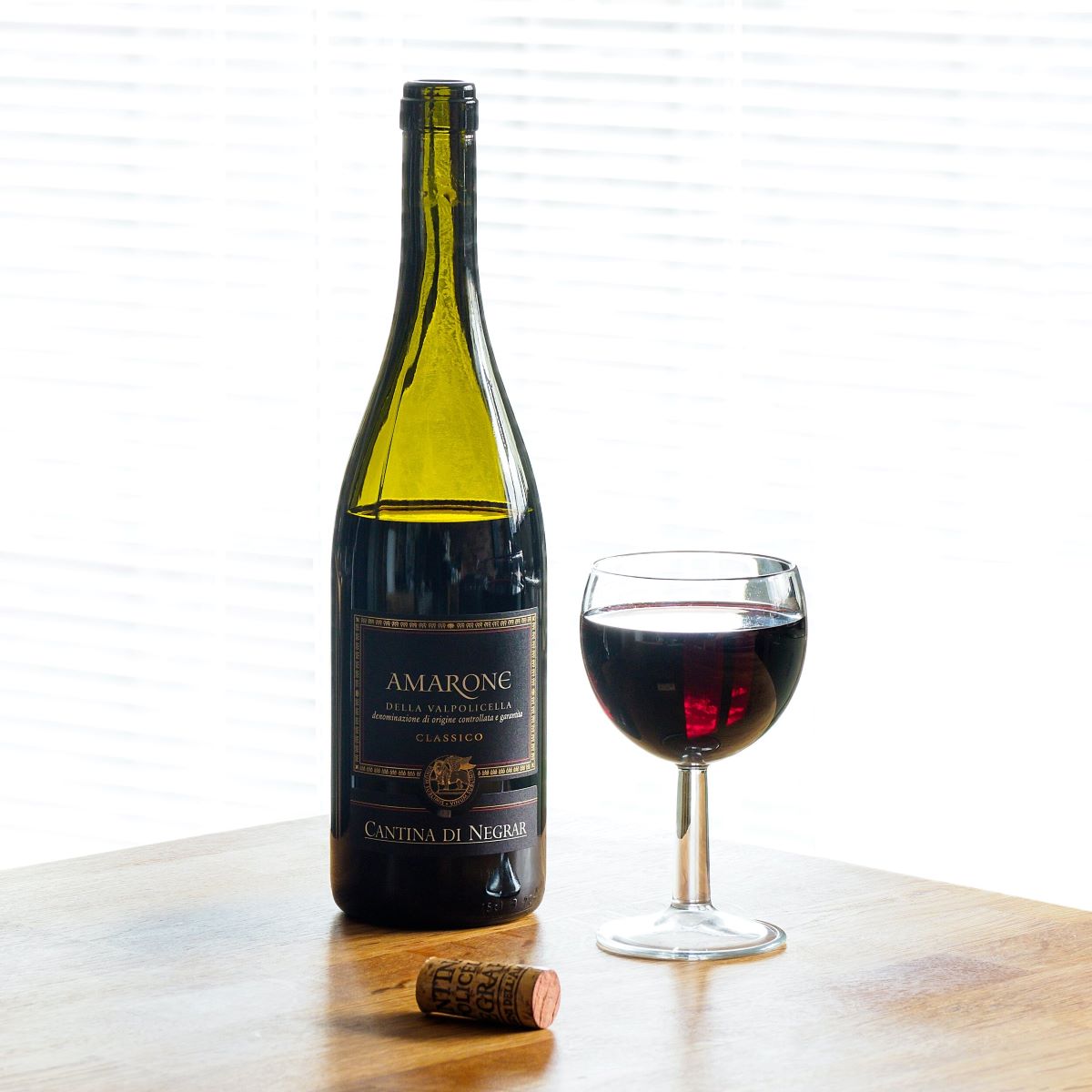

Articles
How To Store An Open Bottle Of Red Wine
Modified: December 7, 2023
Learn the best methods to store an open bottle of red wine in order to preserve its flavor and freshness. Our articles provide expert tips and techniques for keeping your wine tasting its best.
(Many of the links in this article redirect to a specific reviewed product. Your purchase of these products through affiliate links helps to generate commission for Storables.com, at no extra cost. Learn more)
Introduction
Opening a bottle of red wine and enjoying a glass or two is a pleasure that many wine enthusiasts appreciate. However, what do you do with the remaining wine in the bottle? Properly storing an open bottle of red wine is essential to maintain its quality and preserve its flavors. Whether you have a bottle of expensive Bordeaux or a budget-friendly Merlot, understanding the factors that affect the storage of an open bottle of red wine is crucial.
When red wine comes into contact with oxygen, it undergoes a process called oxidation. This process gradually changes the flavors and aromas of the wine, turning it stale over time. Factors such as temperature, light exposure, and the level of oxygen in the bottle can significantly impact the lifespan of an open bottle of red wine. Therefore, choosing the right storage method is key to ensuring that your wine stays fresh as long as possible.
In this article, we will explore different methods for storing an open bottle of red wine to help you make an informed decision. We will discuss the benefits of storing in the refrigerator, using a wine stopper or vacuum seal, and alternative storage methods. By understanding these options, you can extend the life of your open bottle of red wine and continue enjoying it at its best.
Key Takeaways:
- Properly storing an open bottle of red wine is crucial to maintain its quality and preserve its flavors. Factors such as oxygen exposure, temperature, and sealing method significantly impact the wine’s lifespan.
- Refrigeration, wine stoppers/vacuum sealers, and alternative methods are effective ways to store an open bottle of red wine. Understanding the impact of each method and considering the wine’s characteristics can help preserve its quality.
Read more: How To Open A Wine Bottle With A Wine Opener
Factors affecting the storage of an open bottle of red wine
Several factors come into play when it comes to the storage of an open bottle of red wine. These factors can significantly impact the wine’s taste, aroma, and overall quality. Understanding these factors will help you make informed decisions about how to best store your bottle after it has been opened.
Oxygen exposure: The contact of red wine with oxygen is the primary factor that affects its shelf life. When exposed to oxygen, the wine undergoes oxidation, causing it to lose its fresh flavors and aromas over time. The longer the wine is exposed to oxygen, the more it will deteriorate in quality.
Temperature: Temperature plays a crucial role in the storage of red wine. Ideally, red wine should be stored at a cool and stable temperature, around 55°F (13°C) to 65°F (18°C). High temperatures can accelerate the oxidation process, speeding up the wine’s deterioration. Conversely, low temperatures can slow down the aging process but can also affect the wine’s aromas and flavors.
Light exposure: UV light can negatively affect the quality of red wine, leading to unpleasant flavors and aromas. It is important to store the open bottle away from direct sunlight or any other sources of UV light. For this reason, it is recommended to use tinted glass bottles or wrap the bottle in a dark cloth or aluminum foil.
Sealing method: The method used to seal an open bottle of red wine can also impact its storage. A proper seal can help minimize the wine’s exposure to oxygen, slowing down the oxidation process. Conversely, an inadequate seal can lead to increased oxygen contact, hastening the wine’s decline.
Wine variety: Different red wine varieties have varying levels of aging potential. Some wines are meant to be consumed shortly after opening, while others can age gracefully for several days or even weeks. Understanding the specific characteristics of the wine you are storing will help you determine the optimal storage duration.
By considering these factors, you can make more informed decisions about storing your open bottle of red wine. Choosing the right storage method will help preserve the wine’s quality and allow you to enjoy it for an extended period of time.
Choosing the right storage method for your open bottle of red wine
When it comes to storing an open bottle of red wine, choosing the right method is crucial in preserving its quality and extending its shelf life. While there are several options available, each with its own benefits and considerations, it ultimately depends on your circumstances and preferences.
Refrigeration: One of the most common and effective methods for storing an open bottle of red wine is refrigeration. By placing the bottle in the refrigerator, you can slow down the oxidation process and keep the wine fresh for a longer period of time. Make sure to reseal the bottle tightly with a cork or a wine stopper before refrigerating it. However, it’s important to note that refrigeration can alter the flavors and aromas of the wine, particularly if stored for an extended period. Therefore, it’s best to consume refrigerated red wine within a few days.
Wine stoppers/Vacuum sealers: Another popular option is to use wine stoppers or vacuum sealers specifically designed for preserving opened bottles of wine. These devices work by removing excess air from the bottle, reducing oxygen contact and slowing down the oxidation process. Wine stoppers are typically made of rubber or silicone and provide an airtight seal. Vacuum sealers, on the other hand, use a pump to create a vacuum inside the bottle. Both options are effective in maintaining the wine’s quality, allowing you to enjoy it for a longer period of time.
Alternative methods: If you don’t have access to a refrigerator or wine stoppers, there are alternative methods you can try. One such method is using airtight containers or small wine preservation systems that use inert gases to create a protective layer on top of the wine. These gases, such as argon or nitrogen, act as a barrier between the wine and the oxygen, preventing oxidation. Another option is transferring the remaining wine into a smaller bottle to reduce the surface area exposed to oxygen. Remember to seal the bottle tightly to minimize oxygen contact.
When choosing the right storage method for your open bottle of red wine, consider factors such as convenience, expected storage duration, and the availability of equipment. If you plan to consume the wine within a few days, refrigeration or wine stoppers/vacuum sealers may be your best options. However, if you need to store the wine for longer periods without access to these methods, alternative approaches can help preserve its quality to some extent.
Remember, even with the best storage method, an open bottle of red wine will eventually lose its freshness. It’s always best to consume it as soon as possible to fully enjoy its flavors and aromas. However, with the right storage techniques, you can prolong the lifespan of the wine and savor it over multiple occasions.
Storing an open bottle of red wine in the refrigerator
One of the most effective methods for preserving the quality of an open bottle of red wine is storing it in the refrigerator. Refrigeration slows down the oxidation process and helps maintain the freshness of the wine. However, there are a few important considerations to keep in mind when using this storage method.
Firstly, before placing the open bottle in the refrigerator, ensure that it is tightly sealed with a cork or wine stopper. This will prevent air from entering the bottle and minimize the wine’s exposure to oxygen. Alternatively, if the original cork is no longer usable, use a food-grade plastic wrap or aluminum foil to cover the bottle’s opening, securing it tightly with a rubber band or tape.
When storing red wine in the refrigerator, it’s important to keep in mind that the cooler temperature can affect the wine’s flavors and aromas. Red wine is typically enjoyed at slightly warmer temperatures, around 60°F (15°C) to 65°F (18°C), as this allows the wine’s characteristics to shine. Refrigeration will lower the temperature significantly, so it’s advisable to take the bottle out of the refrigerator and let it sit at room temperature for a short period before serving. This will allow the wine to warm up a bit and enhance its aromas and flavors.
It’s also worth noting that not all red wines are suitable for long-term refrigeration. Light-bodied reds, such as Beaujolais or Pinot Noir, may be more sensitive to temperature changes and can lose their delicate flavors and textures if stored in a refrigerator for too long. Therefore, it’s best to consume these types of wines within a few days of opening.
On the other hand, full-bodied and tannic reds, such as Cabernet Sauvignon or Syrah, can tolerate refrigeration for a longer period. These wines often have more structure and can benefit from a slight chill, as it helps to mellow the tannins and make the wine more approachable. However, it’s important to monitor the wine’s quality and aroma, as extended refrigeration can still impact its characteristics.
Lastly, remember that once a bottle of red wine has been opened, it will eventually start to lose its freshness, regardless of storage method. It’s best to consume the wine within a few days to fully enjoy its flavors. By using the refrigerator as a storage option, you can extend the lifespan of the wine up to about 3-5 days while minimizing the effects of oxidation.
Overall, storing an open bottle of red wine in the refrigerator is a practical and accessible method for preserving its quality. Remember to seal the bottle properly and consider the wine’s characteristics before opting for long-term refrigeration. By following these guidelines, you can continue to enjoy the remaining wine at its best for a few extra days.
Store an open bottle of red wine in a cool, dark place to slow down oxidation. Use a vacuum pump to remove air from the bottle and reseal it to help preserve the wine’s flavor.
Using a wine stopper or vacuum seal to store an open bottle of red wine
When it comes to storing an open bottle of red wine, using a wine stopper or a vacuum seal can be an effective method to preserve its freshness and flavors. These tools create an airtight seal, reducing the wine’s exposure to oxygen and slowing down the oxidation process. Let’s explore how you can utilize wine stoppers or vacuum seals to extend the life of your open bottle of red wine.
Wine stoppers: Wine stoppers are handy devices designed specifically to seal opened bottles of wine. They come in various materials, such as rubber or silicone, and are inserted into the bottle’s neck to create an airtight seal. Wine stoppers are easy to use and widely available, making them a popular choice among wine enthusiasts.
To use a wine stopper, simply remove the original cork or closure from the bottle and insert the stopper into the neck until it fits securely. Ensure that the stopper creates a tight seal, preventing any air from entering the bottle. It’s important to note that not all wine stoppers are created equal, so choose a quality stopper that fits properly to maximize its effectiveness.
While wine stoppers can help extend the lifespan of an open bottle of red wine, they are not a foolproof method. The effectiveness of a wine stopper depends on how well it creates a seal and prevents oxygen from entering the bottle. It’s also important to store the bottle upright to minimize contact between the wine and the air trapped at the top of the bottle.
Vacuum seals: Vacuum sealers are another option you can consider to store an open bottle of red wine. These devices work by removing excess air from the bottle, creating a vacuum and minimizing oxygen contact. Vacuum sealers usually consist of a stopper and a handheld pump or a built-in vacuum function.
To use a vacuum sealer, insert the stopper into the bottle’s neck, ensuring a snug fit. Then, use the pump or activate the vacuum feature to remove the air from the bottle. This process creates a vacuum seal that helps preserve the wine’s quality for a longer period. Vacuum sealers are especially useful for those who want to store their opened bottles of red wine for several days or even weeks.
It’s important to note that while vacuum sealers can significantly slow down the oxidation process, they may not completely eliminate oxygen contact. Therefore, it’s still advisable to consume the wine within a reasonable timeframe to fully enjoy its flavors and aromas.
Whether you opt for a wine stopper or a vacuum sealer, it’s important to choose high-quality products that create an effective seal. Ensure that you follow the manufacturer’s instructions for optimal usage. And remember, while these tools can help extend the lifespan of your open bottle of red wine, they are not a substitute for proper storage practices, such as keeping the bottle away from direct sunlight and at a cool, stable temperature.
By utilizing wine stoppers or vacuum seals, you can significantly prolong the freshness and lifespan of your open bottle of red wine. These tools provide a convenient and effective way to minimize oxidation and preserve the wine’s flavors, allowing you to savor the remaining wine over multiple occasions.
Read more: How To Store An Opened Bottle Of Wine
Alternative methods for storing an open bottle of red wine
While refrigeration and wine stoppers/vacuum seals are commonly used methods for storing an open bottle of red wine, there are alternative approaches you can consider. These methods can come in handy when traditional storage options are not available or when you want to experiment with different preservation techniques. Let’s explore some alternative methods for storing an open bottle of red wine.
Airtight containers: Using airtight containers is a simple and effective way to store an open bottle of red wine. Transfer the remaining wine from the bottle to a smaller container with a tight-fitting lid. By reducing the wine’s exposure to air, you can slow down the oxidation process and preserve its freshness. Make sure to choose a container that is appropriate for storing liquids and has an airtight seal. It’s also a good practice to fill the container as full as possible to minimize the amount of air trapped inside.
Wine preservation systems: Wine preservation systems are specially designed devices that use inert gases, such as argon or nitrogen, to create a protective layer on top of the wine. These systems work by displacing the oxygen in the bottle, preventing it from coming into contact with the wine. Simply insert a preservation system’s nozzle into the bottle and release the gas. This method can extend the life of the wine by several days or even weeks. Wine preservation systems are popular among wine professionals and enthusiasts, but they may be a bit more expensive compared to other storage methods.
Transfer to a smaller bottle: The surface area of wine exposed to oxygen plays a significant role in the oxidation process. By transferring the remaining wine from the original bottle into a smaller bottle, you can minimize the surface area and slow down oxidation. Choose a bottle that fits the amount of leftover wine and has a reliable closure, such as a cork or a screw cap. Seal the smaller bottle tightly and store it upright to reduce oxygen contact. This method is particularly useful when you only have a small amount of wine left in the bottle.
Use wax or paraffin seal: An alternative method that creates a physical barrier between the wine and oxygen is using a wax or paraffin seal. This method involves melting wax or paraffin over the bottle opening to create a seal that prevents air from entering. Before using this method, ensure that the bottle’s neck and closure are clean and dry. Apply the melted wax or paraffin in a thin layer, covering the entire opening. Once it hardens, the seal will act as a protective barrier. However, keep in mind that this method may require some practice, and removing the seal can be a bit cumbersome when you’re ready to enjoy the wine again.
These alternative methods allow you to get creative with how you store an open bottle of red wine. While they may not be as commonly used as refrigeration or wine stoppers, they can be effective in preserving the quality and flavors of the remaining wine. Experiment with different techniques and find the method that works best for you and your specific circumstances.
Remember, regardless of the method you choose, an open bottle of red wine will eventually lose its freshness. It’s always best to consume the wine within a few days to fully enjoy its flavors and aromas. However, by utilizing alternative storage methods, you can extend the lifespan of the wine and continue to savor it over multiple occasions.
Conclusion
Storing an open bottle of red wine properly is essential to preserve its quality and extend its lifespan. By understanding the factors that affect the storage of red wine and choosing the right storage method, you can ensure that the wine stays fresh and enjoyable for a longer period of time.
Factors such as oxygen exposure, temperature, light exposure, and the sealing method all play significant roles in the storage of an open bottle of red wine. By minimizing oxygen contact, controlling the temperature, and protecting the wine from light, you can slow down the oxidation process and maintain the wine’s flavors and aromas.
Refrigeration is one of the most common and effective methods for storing an open bottle of red wine. However, it’s important to consider the impact of lower temperatures on the wine’s characteristics and allow it to come to a slightly warmer temperature before serving.
Using wine stoppers or vacuum seals is another popular option as they create an airtight seal and reduce oxygen exposure. These tools are especially useful for storing wine for a few extra days, allowing you to enjoy the wine at its best over multiple occasions.
Alternative methods such as using airtight containers, wine preservation systems, transferring the wine to a smaller bottle, or using wax or paraffin seals can also be effective in preserving the quality of an open bottle of red wine when traditional storage options are not available or when you want to experiment with different techniques.
Ultimately, regardless of the storage method you choose, it’s important to remember that an open bottle of red wine will eventually start to lose its freshness. It’s always best to consume the wine within a few days to fully savor its flavors and aromas.
By implementing proper storage techniques and considering the specific characteristics of the wine you are storing, you can prolong the lifespan of an open bottle of red wine, ensuring that you continue to enjoy its rich flavors and aromas long after it has been opened.
So, the next time you open a bottle of red wine, don’t worry about what to do with the remaining wine. Armed with the knowledge in this article, you can confidently store it using the appropriate method and continue to indulge in the pleasure of a good glass of red wine.
Frequently Asked Questions about How To Store An Open Bottle Of Red Wine
Was this page helpful?
At Storables.com, we guarantee accurate and reliable information. Our content, validated by Expert Board Contributors, is crafted following stringent Editorial Policies. We're committed to providing you with well-researched, expert-backed insights for all your informational needs.
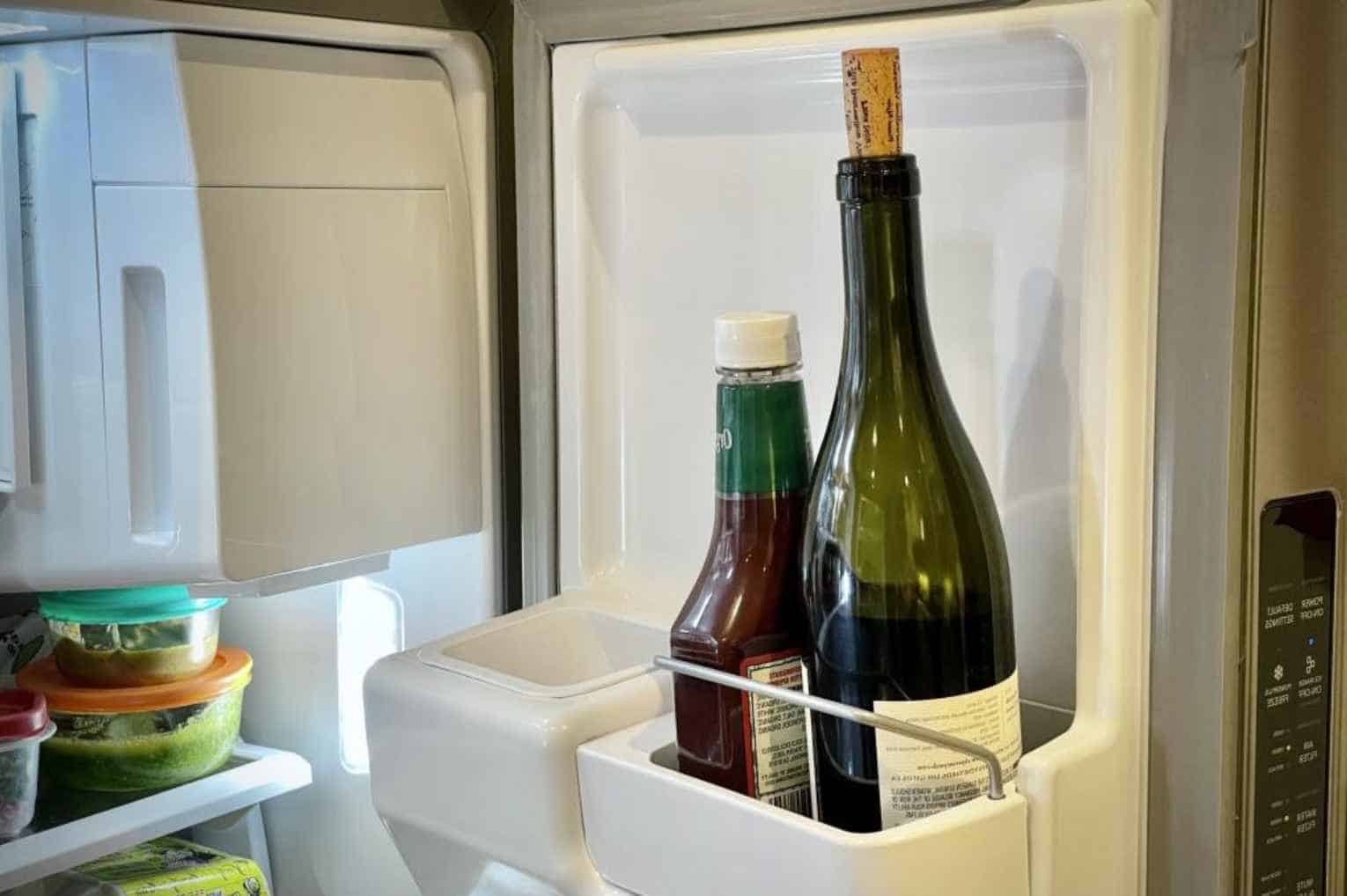
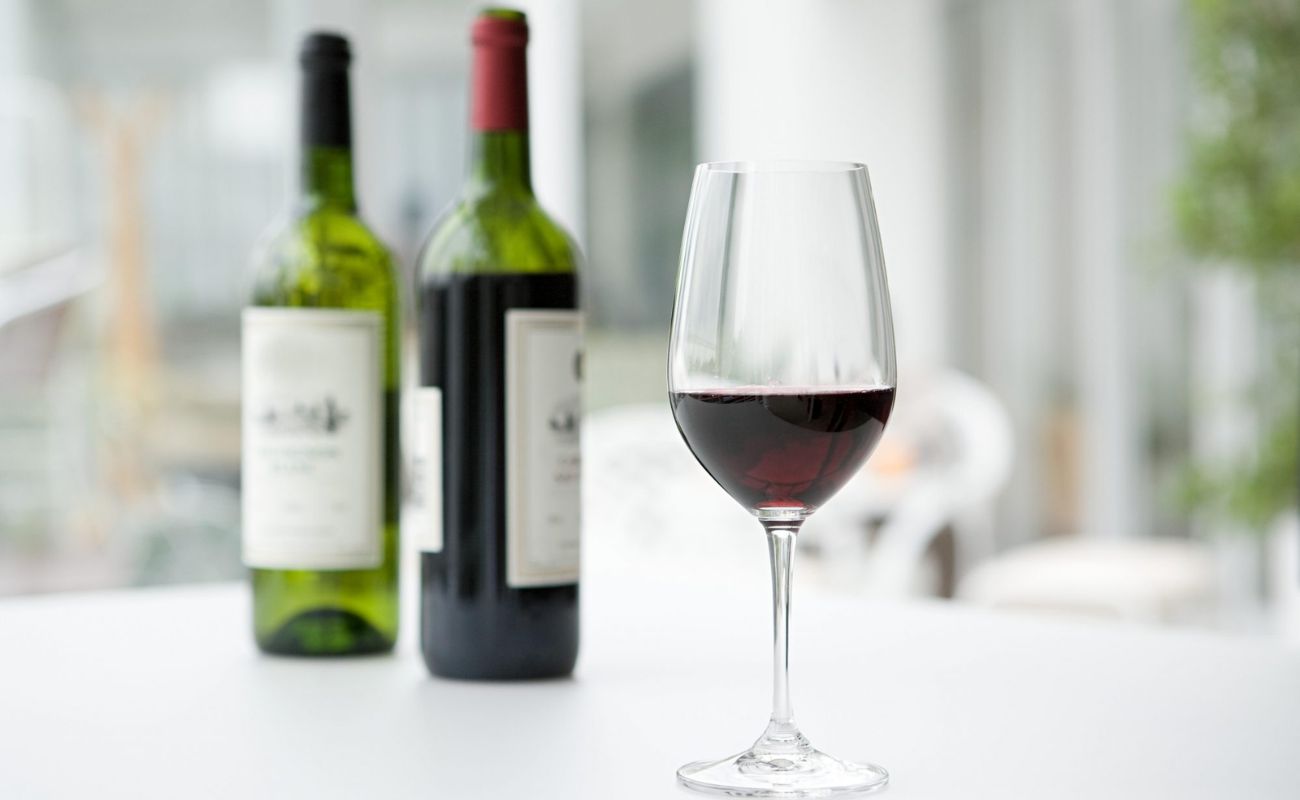
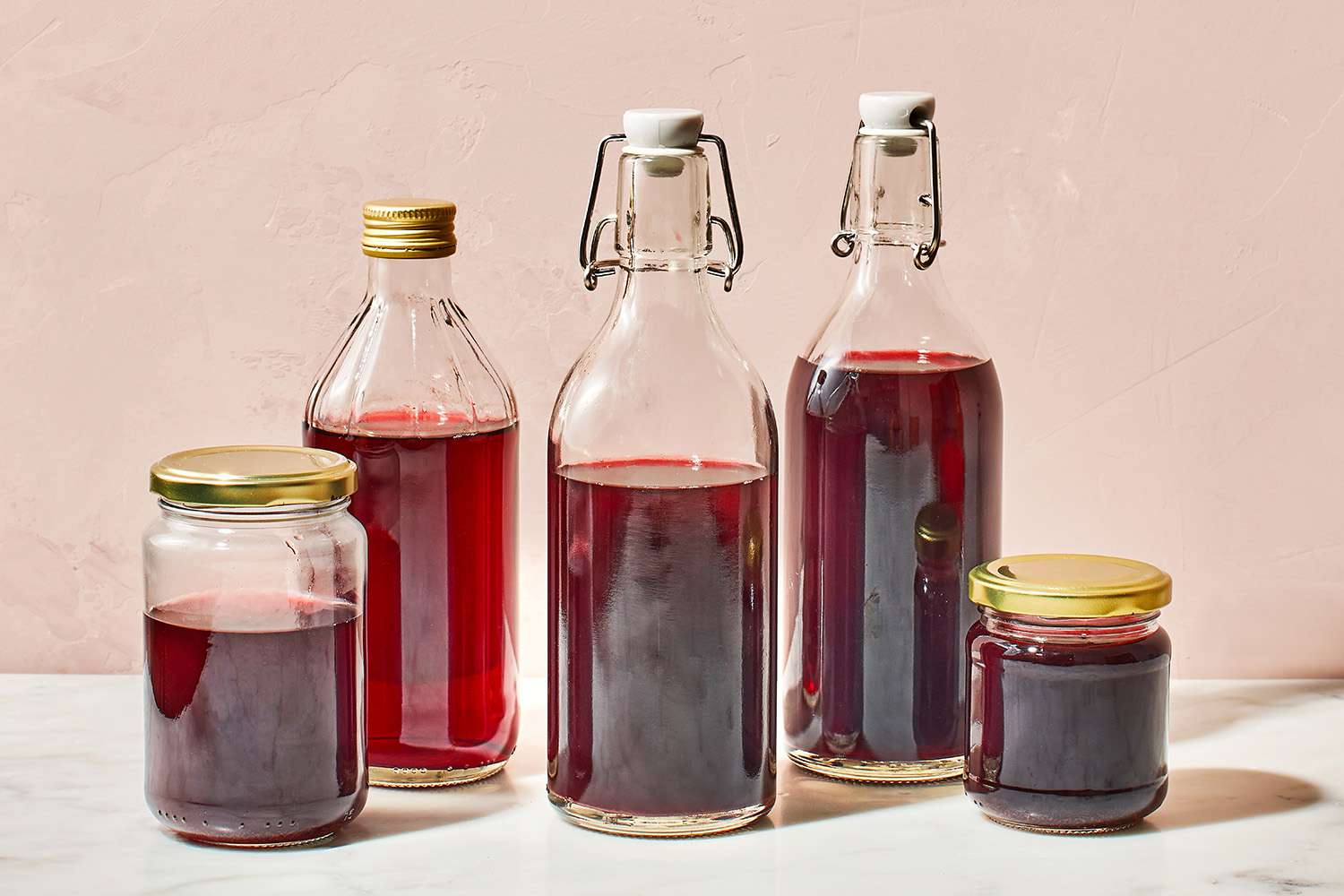
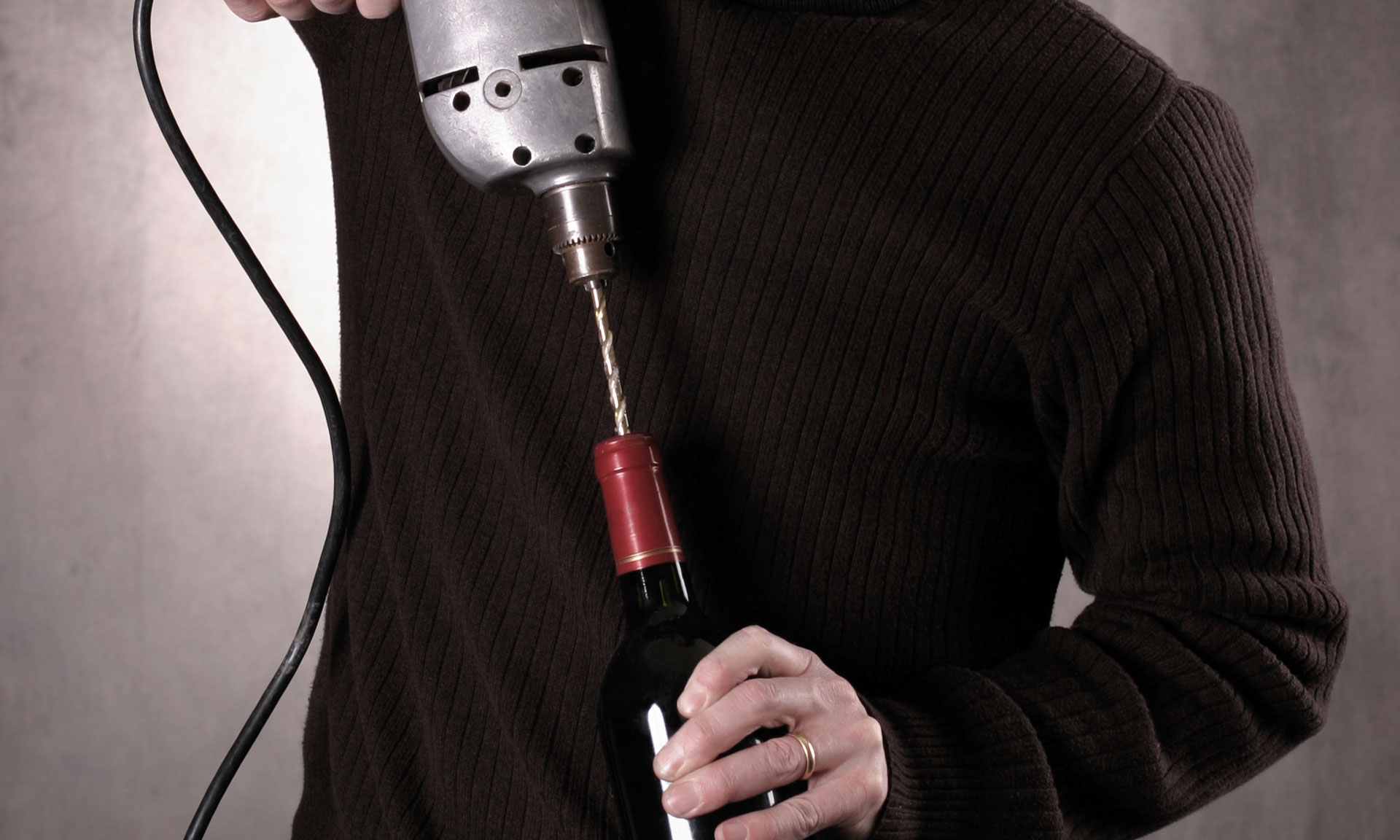
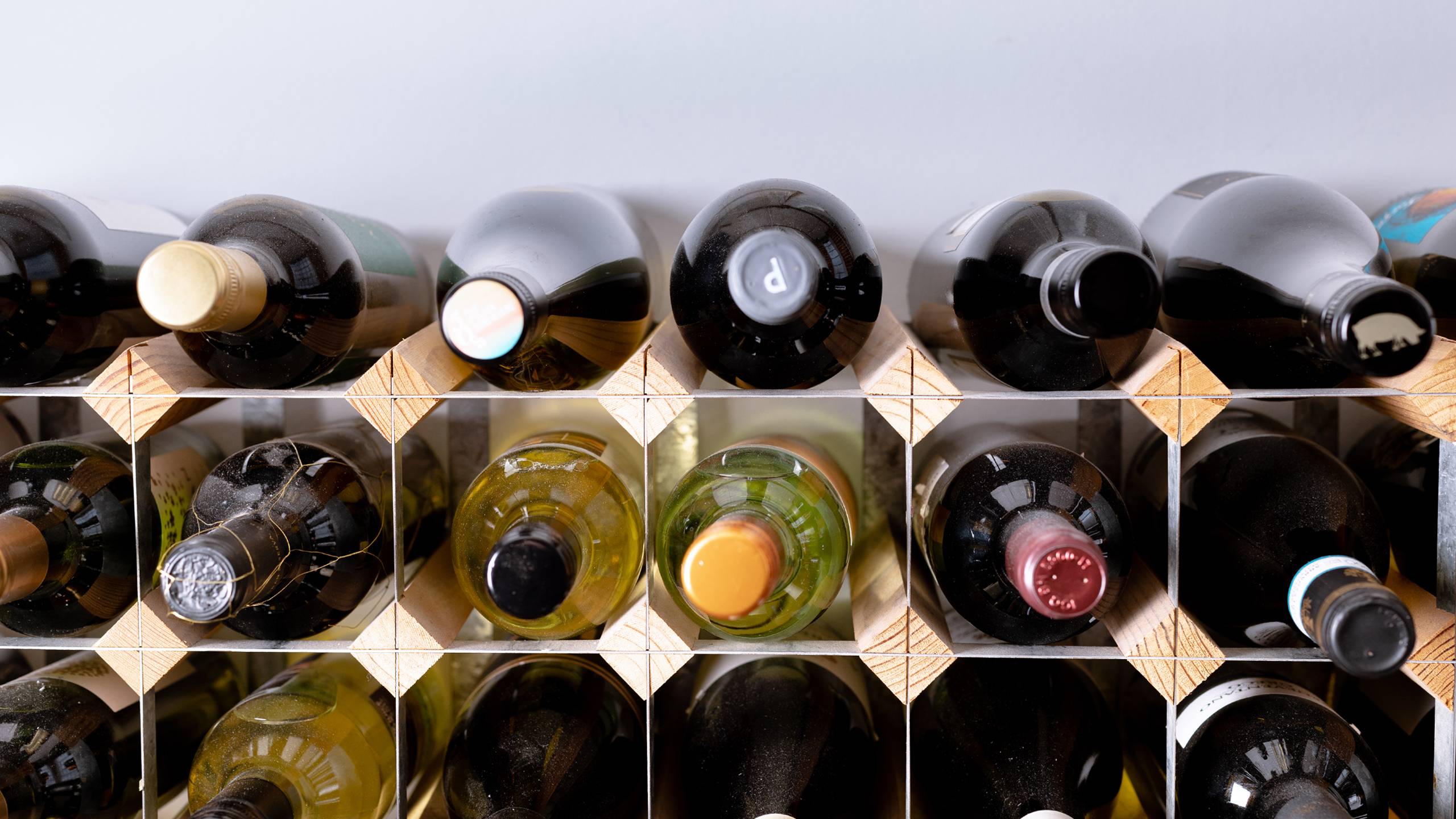
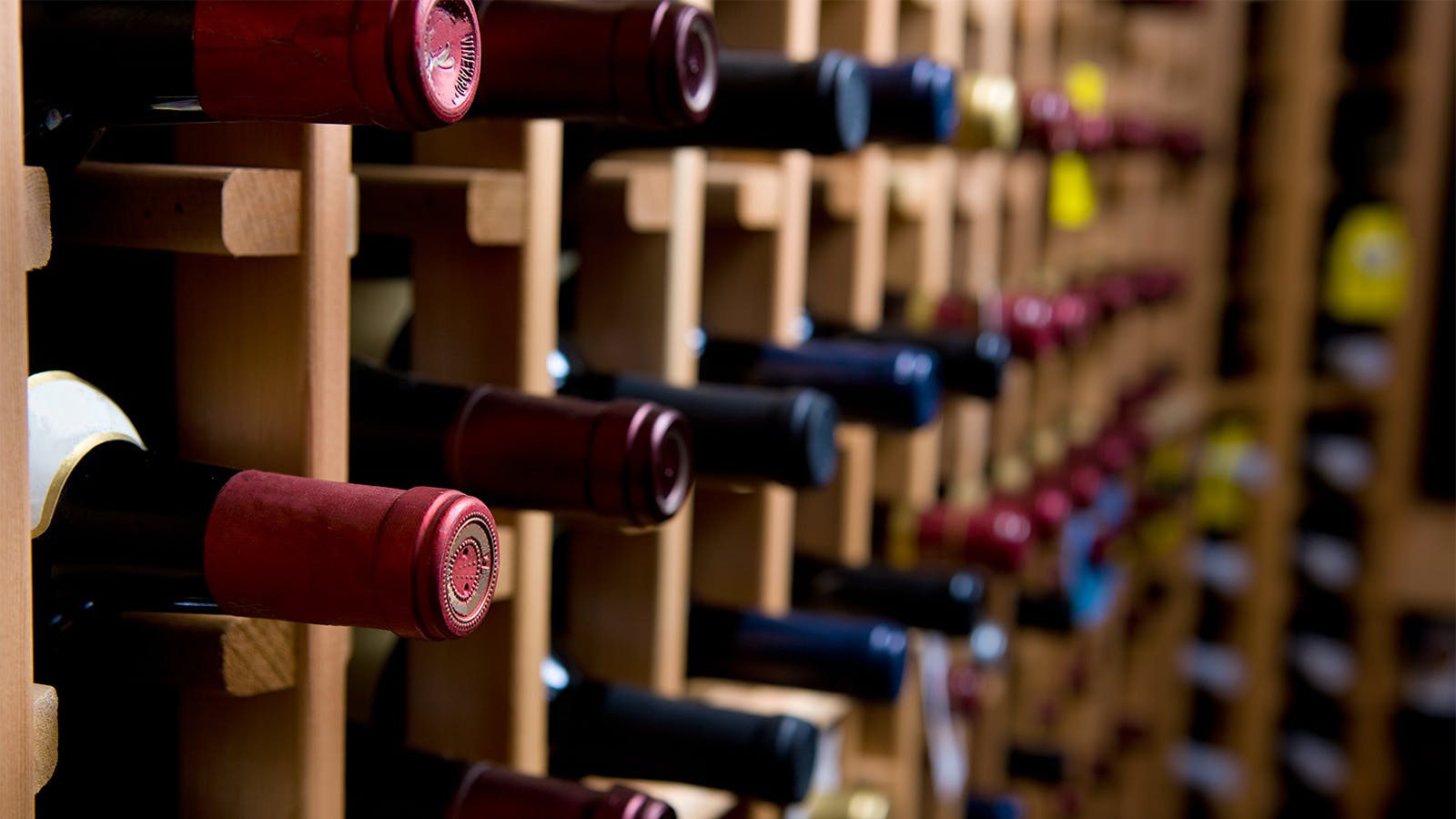
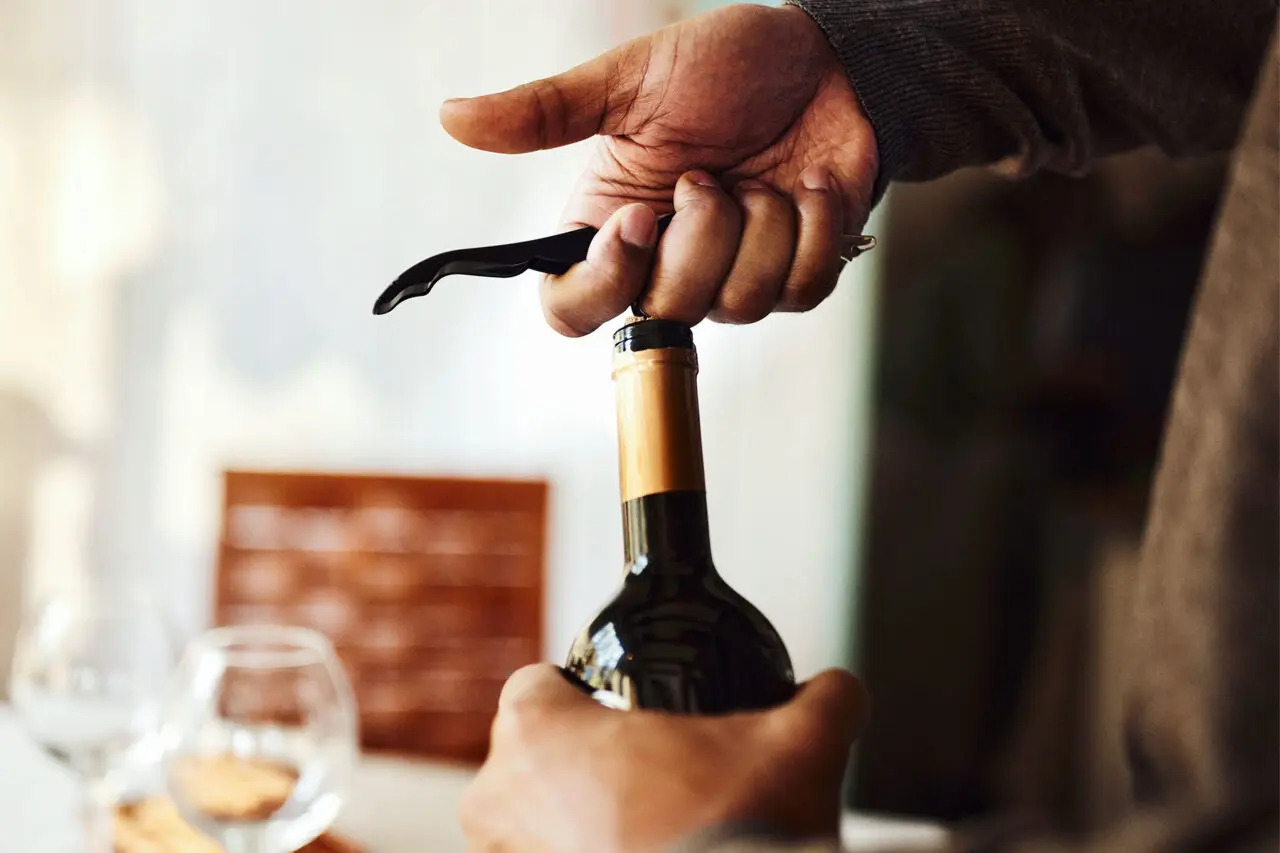
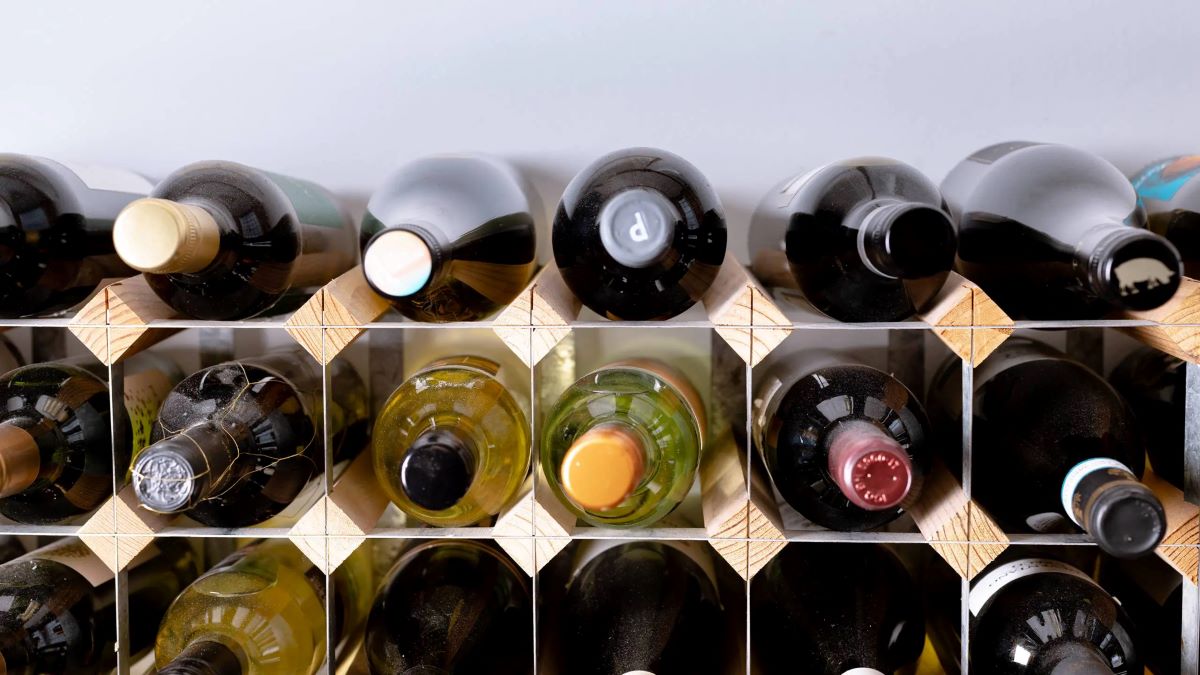
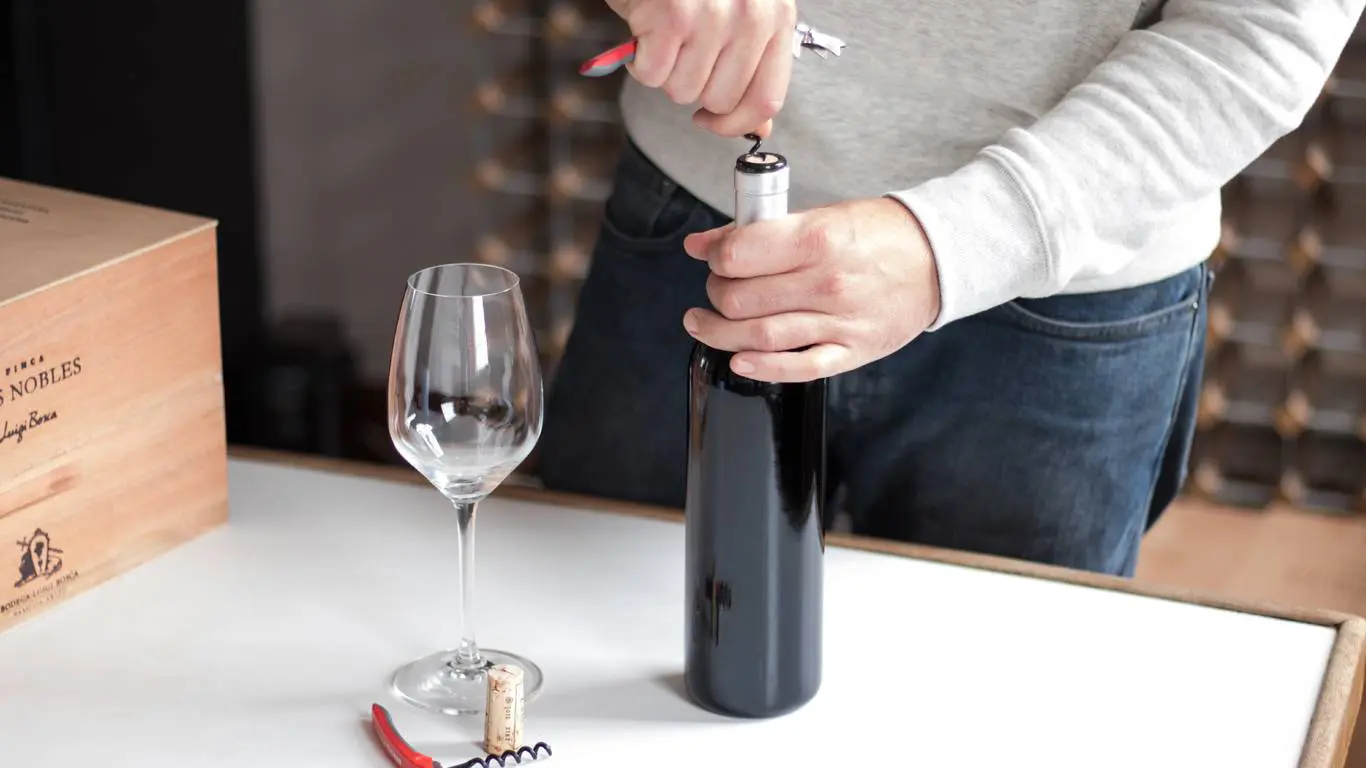
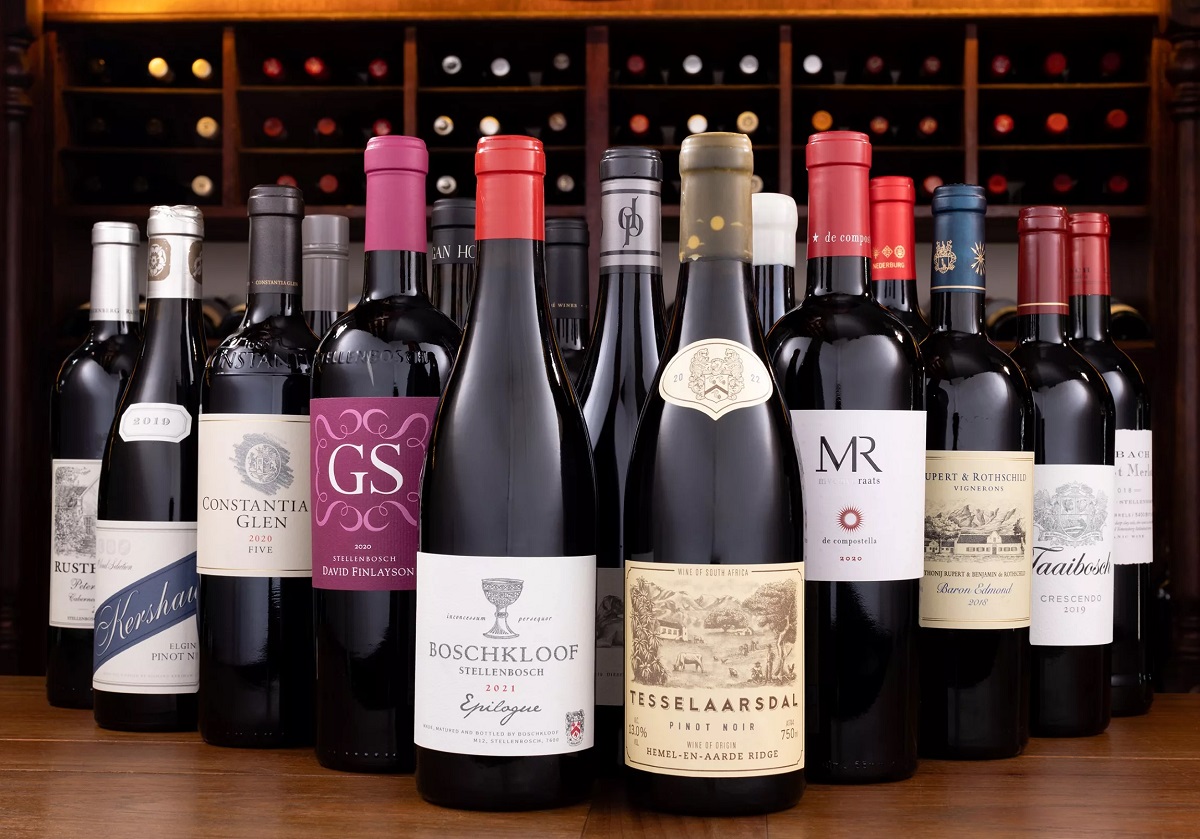
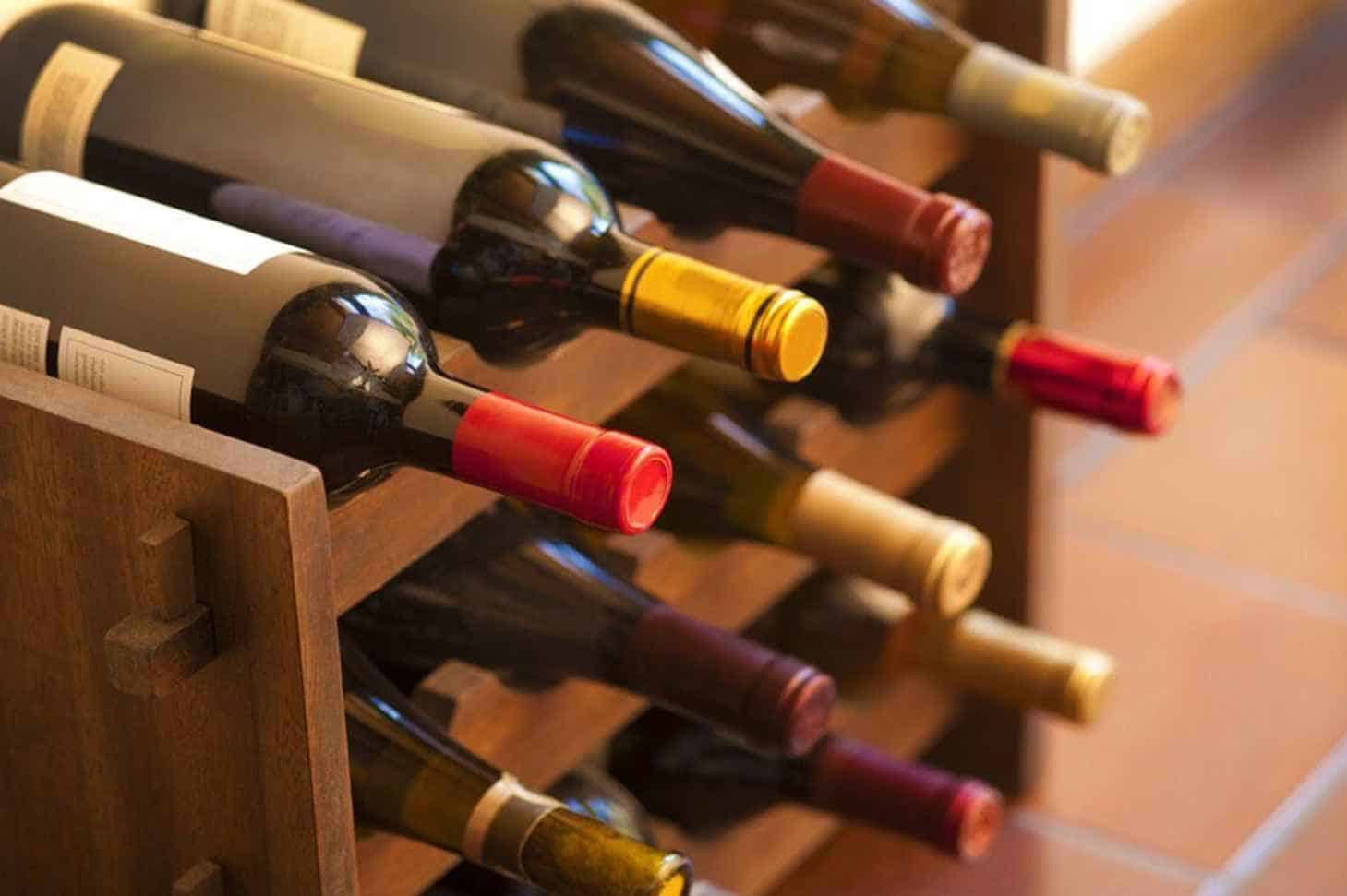
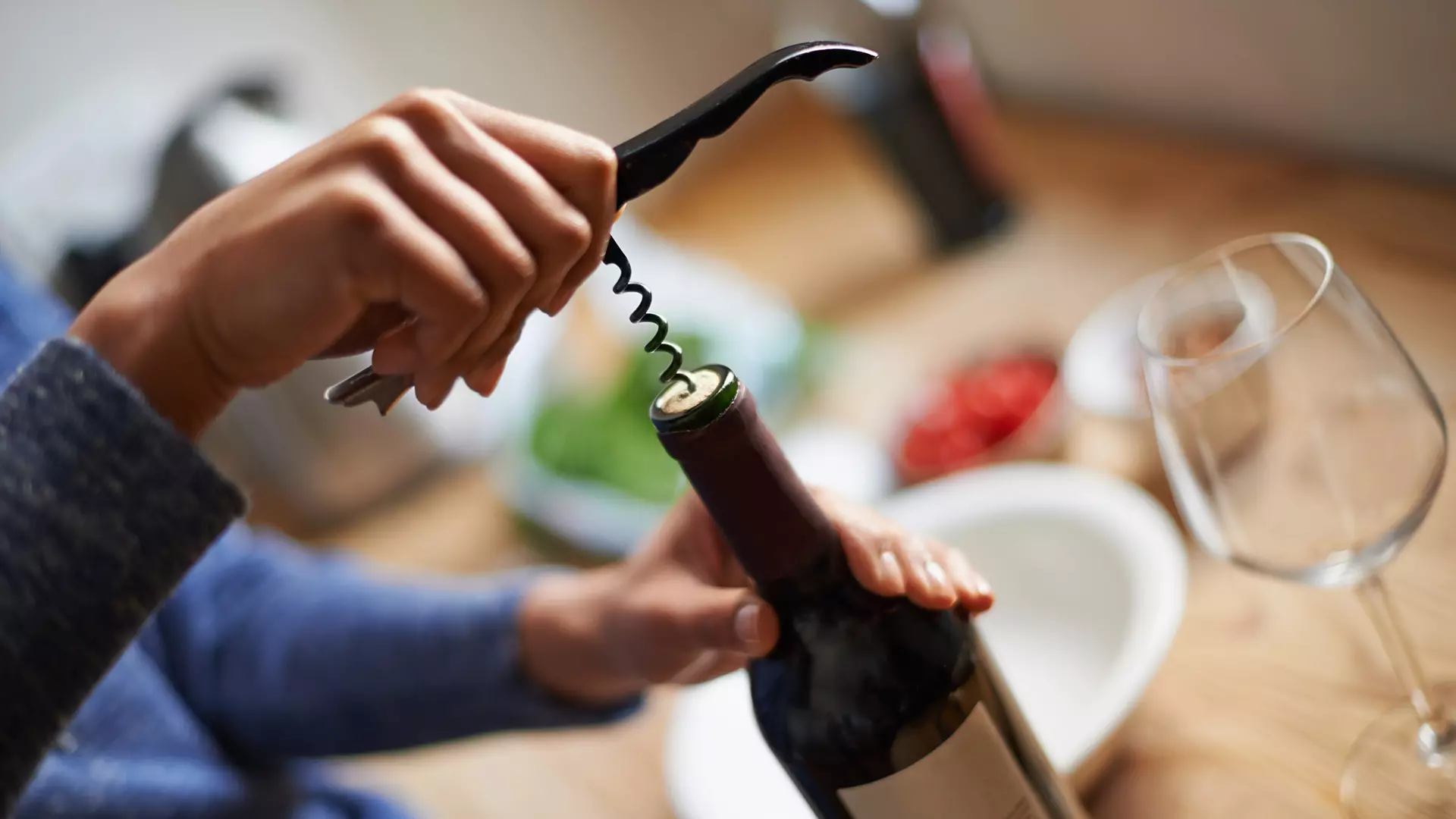
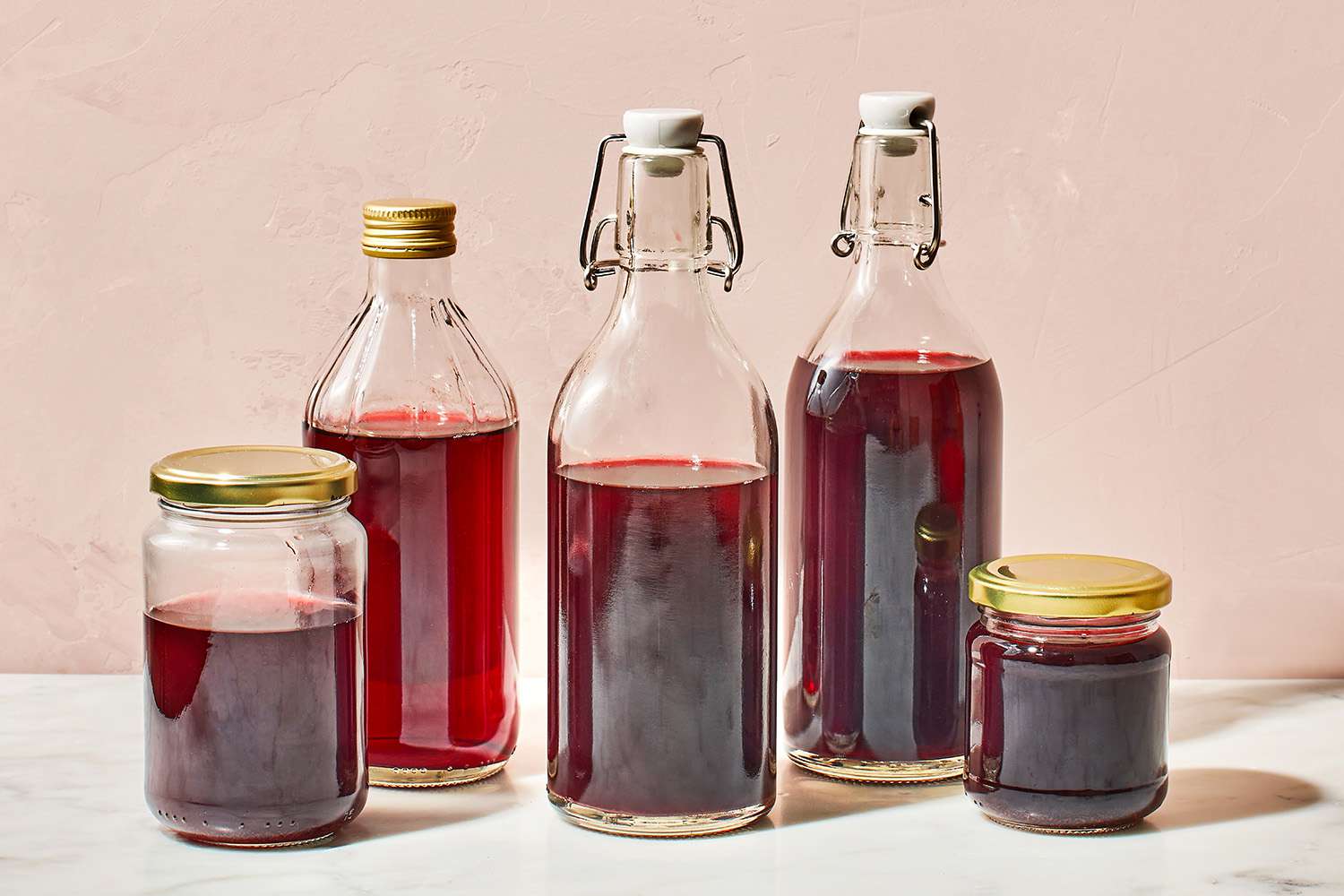
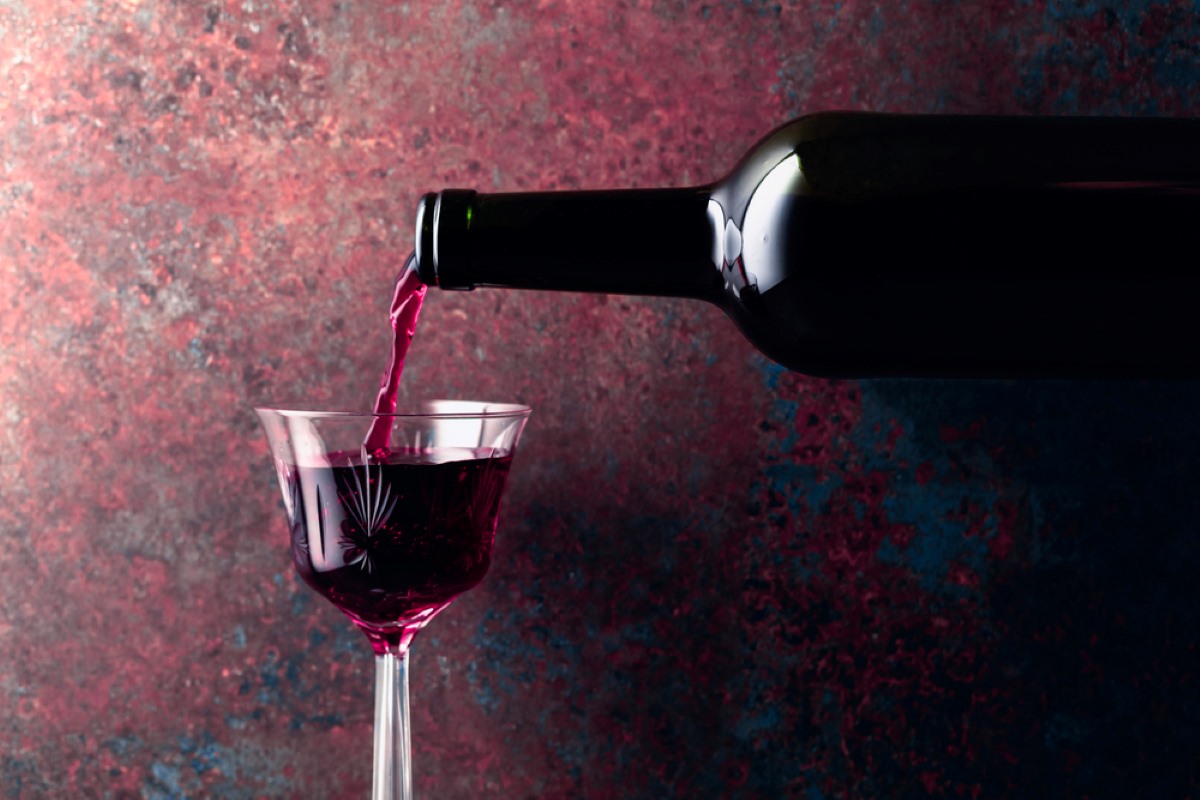

0 thoughts on “How To Store An Open Bottle Of Red Wine”